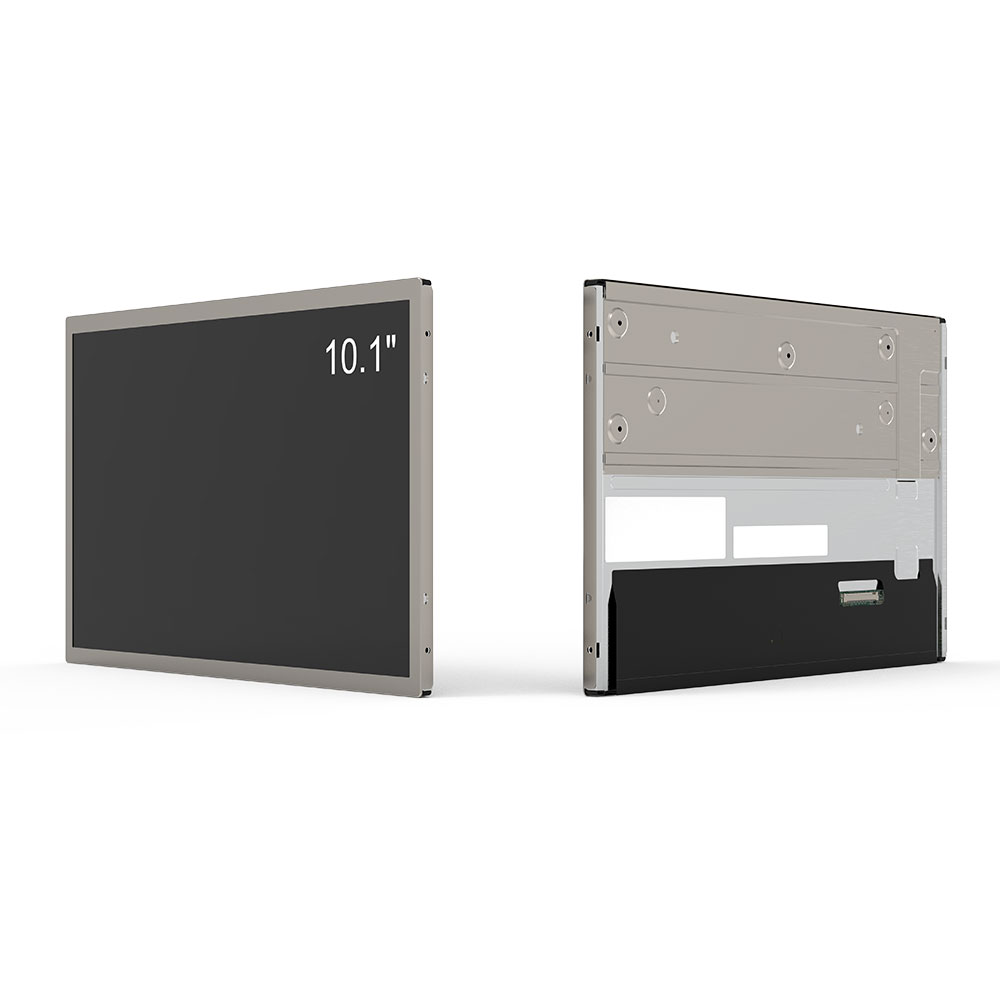TFT (Thin-Film Transistor) display technology has become the cornerstone of modern visual interfaces, especially in environments where visibility under direct sunlight is critical. From military-grade displays to outdoor kiosks and automotive infotainment systems, TFT LCDs offer superior image quality, fast response times, and reliable performance—even in extreme lighting conditions.
What makes TFT displays stand out is their active matrix architecture. Unlike passive matrix displays, each pixel in a TFT screen is controlled by its own transistor, enabling precise voltage regulation and consistent brightness across the entire screen. This design ensures that even at high luminance levels—often exceeding 5,000 nits—images remain sharp, color-accurate, and readable without glare or distortion.

In recent years, advancements in backlighting, such as LED arrays with dynamic dimming and local area control, have further boosted the effectiveness of TFT displays in outdoor applications. For example, industrial-grade TFT panels used in construction equipment often integrate ambient light sensors that automatically adjust brightness based on real-time environmental conditions, improving both energy efficiency and user experience.

Moreover, manufacturers like Sharp, LG Display, and BOE have adopted advanced polarizer technologies and anti-reflective coatings to reduce surface reflections by up to 90%. These innovations are essential for sunlight-readable displays, particularly in aerospace, marine, and public transportation sectors where visibility is non-negotiable.

Compliance with international standards such as MIL-STD-810G (for ruggedness) and ISO 16750 (for automotive reliability) ensures that high-brightness TFT displays meet stringent durability requirements. Engineers now routinely specify TFT panels with wide operating temperature ranges (-30°C to +70°C), shock resistance, and humidity tolerance to support mission-critical operations.
When designing for sunlight readability, it’s crucial to consider not only brightness but also contrast ratio, viewing angle, and power consumption. Modern TFT displays leverage low-power AMOLED alternatives in some cases, but for cost-effective, long-term stability in harsh environments, traditional TFT-LCD remains the preferred choice.
In summary, TFT display technology continues to evolve, driven by demand for higher brightness, better color accuracy, and robustness in real-world conditions. Whether you're building an embedded system, a mobile terminal, or a smart city interface, understanding the nuances of TFT panel selection—such as pixel density, response time, and optical enhancements—is key to achieving optimal performance under direct sunlight.







